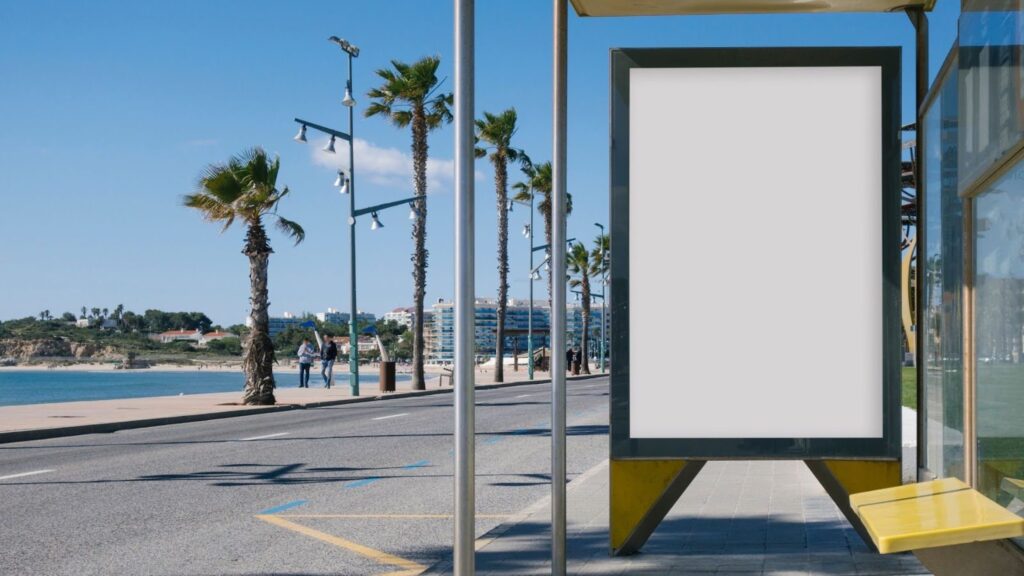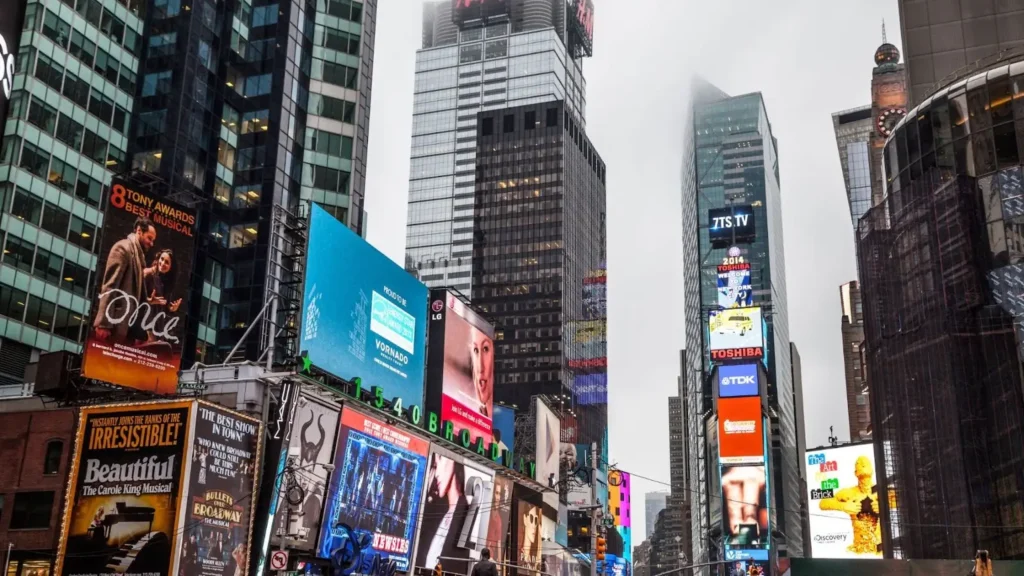How Salesforce Media Cloud Transforms Media Operations with Smart Automation and Intuitive Workflows

Today’s media companies have their hands full. On the one hand, they face increasing pressure to manage complex workflows. On the other hand, they need to maintain creativity and flexibility to meet the demands of their clients. Whether it’s handling advertising campaigns or content distribution, the need for automation has never been greater for them. This is where Salesforce Media Cloud comes into play. As a powerful platform tailored for media companies, Salesforce Media Cloud can automate various operations and drive better results for media companies from the word go. In this post, we will understand the key challenges faced by Media companies first and then find out how Salesforce Media Cloud helps overcome these challenges through its rich feature set. Key operational challenges faced by different types of media companies Here are some key challenges faced on a daily basis by different types of media companies – Challenges Faced by OOH / DOOH Media Publishers Managing outdoor advertising spaces gets challenging due to finite inventory. Publishers often face unpredictable demand fluctuations. This can lead to either underutilisation or overbooking of their available spots. Maintaining physical assets, whether static billboards or digital screens, requires significant investment. This includes installation, repair, and upgrades of display technology. DOOH displays, in particular, demand regular updates. While traditional OOH media has struggled with measuring campaign effectiveness, the introduction of DOOH helps to some extent. However, accurately tracking foot traffic, engagement, and return on investment remains difficult without advanced technologies. Operating in the OOH sector means complying with various regulations regarding where advertisements can be placed, what type of content is allowed, and the duration of ad displays. In urban areas, this can be highly restrictive, impacting revenue generation. DOOH media publishers must invest in new technologies to stay competitive. The challenge lies in integrating programmatic advertising and ensuring real-time updates and content accuracy across multiple digital displays. Challenges Faced by OOH / DOOH Media Agencies OOH/DOOH media agencies often work with clients looking to integrate their outdoor campaigns with digital and other media channels. Ensuring seamless integration and maintaining consistency across various platforms is a significant operational hurdle. Measurement of effectiveness is another challenge. This is unlike social media, where click-through rates (CTR) and conversion data are readily available. OOH/DOOH metrics are often less standardised. This creates great difficulty in demonstrating ROI to clients. Managing multiple vendors and sites across different regions means handling complex inventories. This includes both traditional static spaces and newer digital ones. All of these require advanced booking systems and real-time data on inventory availability. Outdoor campaigns must be executed within short timeframes. DOOH offers flexibility with digital displays. However, the coordination between advertisers, creative teams, and publishers is still a challenge. Crafting effective OOH/DOOH campaigns that fit the specific size, location, and audience of each display is complex. Additionally, agencies must ensure creative content complies with local regulations. This is true mainly for messaging and visual standards. Challenges Faced by Digital Media Agencies In an environment oversaturated with digital ads, consumers often experience ad fatigue. This can lead to declining engagement and higher bounce rates. Additionally, privacy regulations like GDPR and CCPA complicate targeting strategies. This makes it harder for agencies to collect and utilise customer data effectively. Digital agencies depend on platforms like Google, Facebook, and YouTube. However, they constantly evolve their algorithms and policies, which can disrupt ongoing campaigns. This forces agencies to rapidly adapt strategies to maintain campaign performance. Multi-touch attribution in digital media is complex. In simple words, when dealing with multiple channels like social media, search engines, display networks, and email. attributing conversions accurately to specific touchpoints is challenging. This can lead to inefficiencies in optimisation efforts. Digital media clients often have high expectations for quick results with limited budgets. Balancing client demands and optimising ad spend to achieve measurable results is a challenge. It can often put significant pressure on agencies to deliver consistent performance. Digital media operations is getting more and more complicated, thanks to advent of programmatic advertising and advanced data analytics. Finding and retaining specialised talent who know these areas is a major challenge. Agencies must also manage resources across multiple projects, complicating it even further. Key Salesforce Media Cloud features To overcome the above challenges, media houses must adopt Salesforce Media Cloud, which is an AI-powered CRM tailored for Media and publishing businesses. It comes with pre built modules, workflows, and automation designed for media business processes. You can effectively cut costs with time-saving automated solutions. Here are some of its salient features: Industry-Specific Data Model: Salesforce Media Cloud uses a customisable and extensible data model built for media and entertainment providers. This allows media companies to efficiently manage complex data and improve content delivery by integrating audience preferences, subscription details, and advertising information in one unified platform. Omniscript: This feature enables users to design dynamic customer interactions without needing code. It is also possible to deploy them across multiple channels and devices. Using this media companies can create seamless, personalised user experiences. They can also automate interactions for customer support, subscription services, or ad sales, all while reducing development costs and time. Business Rules Engine: This feature helps implement automated decision-making processes tailored to media workflows. Media companies can streamline operations by automating tasks such as campaign approvals, content distribution, audience targeting, and so on, all leading to improved agility and quicker response times. Advertising Sales Management: This feature accelerates advertising sales and optimises campaign performance by integrating sales data with audience insights. Media companies benefit by managing advertising inventory more effectively. This improves their sales team’s productivity and helps them deliver better ROI for advertisers. Industries CPQ: This feature utilises advanced order capture and guided selling with a media-specific CPQ system that supports complex pricing models. Using this feature, media companies can simplify the entire sales process. They can offer personalised packages and pricing based on customer needs. This leads to higher sales conversion rates and ad efficiency. Order Management: This feature helps in managing orders
Growing Significance of Programmatic and Data in OOH Advertising

Growing Significance of Programmatic and Data in OOH Advertising Are you part of the OOH (Out-Of-Home) or the Digital OOH (DOOH) advertising industry? Then exciting times are ahead for you. Recent advancements in AdTech have led to the rise of one of the biggest trends ever seen in the OOH format. Yes, we are talking about programmatic OOH advertising. A significant global demand for programmatic OOH ads is expected in 2024 and beyond. In fact, most of the spending in OOH campaigns this year will be driven by a rapid expansion in programmatic OOH and data advertising. In this post, we will understand the growing significance of programmatic and data in OOH advertising. What is programmatic OOH advertising? Programmatic OOH advertising is the process of automatic buying, selling, and delivering out-of-home advertising. Unlike traditional OOH advertising, programmatic OOH advertising uses computers to orchestrate the sale and distribution of ad content. This is quite similar to what is prevalent in typical online advertising. The only difference is – in programmatic OOH advertising, customers define specific parameters for media acquisition, which then performs programmatic data analysis and triggers automatic ad purchases upon fulfillment of these criteria.With that introduction, let us understand why programmatic OOH advertising has grown in importance in recent years. Why is the significance of programmatic OOH advertising surging? Here are 6 different reasons why programmatic OOH advertising is the new talk of the town in the OOH industry: 1. Quicker activation Advertising and marketing are extremely time-dependent. Even a couple of days you waste in launching a campaign can be the difference between a successful sale and a lost sale. This is where programmatic OOH advertising helps, as it lets you quickly upload, schedule, and initiate campaigns. Put simply; it doesn’t matter if your campaign has to align with the latest social trends or if you need to respond promptly to a market shift; programmatic OOH ensures the timely delivery of campaigns. 2.Real-time optimization Programmatic OOH advertising can help optimize your campaigns in real time, a key requirement in the OOH industry. Advertisers can dynamically enhance their campaigns thanks to continuous monitoring of campaign performance and the generation of advanced reports. Advertisers can swiftly adjust their messaging, targeting criteria, and creative components as and when needed. This proactive, real-time model enables data-driven decision-making. 3. Dynamic Creative Optimization Imagine you run an OOH creative display campaign during an Ashes test match between England and Australia. If England beats Australia, you would want the creative to change quickly to congratulate England so that fans witness the congratulatory message while returning home. This is made possible via Programmatic OOH thanks to its Dynamic Creative Optimization capabilities. Advertisers can also modify content such as images and ad copies based on unique factors such as weather conditions and traffic information. For instance, you can display ads based on the temperature or UV index to display the most relevant ad creative. 4. Improved targeting Programmatic DOOH also enables you to reach your desired audience with amazing accuracy. It uses a data-driven and programmatic strategy to help you carefully target specific demographics and locations, which ultimately helps in pushing hyper-relevant and personalized messages. Even granular factors such as the time of day can be used to improve your targeting capabilities. Ultimately, programmatic targeting ensures that all your ads are more impactful and result in better conversion rates. 5. Creative opportunities Programmatic OOH advertising has unlocked a cartload of opportunities for advertisers. Thanks to the creative flexibility programmatic OOH offers, advertisers can run an ad on a wide variety of screens. Be it a small TV in a gym to a large screen in a shopping mall, advertisers can target people from walks of life that were previously unimaginable. Advertisers have all the knowledge at their fingertips, including who, where, and when someone will see their ad. This helps them build targeted messages into their creative that are supported by the ad’s physical surroundings. 6. Integration capabilitiesProgrammatic OOH seamlessly integrates various data sources, including mobile and online data, amplifying campaign effectiveness through informed decision-making, optimization, and impact measurement. Moreover, this integration with other advertising channels, like digital and social media, fosters a smoother customer journey, augmenting the overall efficacy of OOH campaigns. Wrap Up The role of programmatic technology has transformed the way OOH advertising works. Thanks to it, advertisers can now achieve unprecedented levels of targeting precision, flexibility, and overall effectiveness in their campaigns. However, infusing programmatic technology into OOH advertising is not easy and takes a lot of time and resources. This is where the need to partner with an OOH expert like Brysa arises. We are the world’s leading OOH consultant with a focus on the Salesforce ecosystem. We ensure that you and your team effortlessly adapt to the changing OOH landscape including the efficient handling of programmatic and data in OOH advertising. To know more about Brysa and how we can help, contact us now. Frequently asked questions 1. What are the creative opportunities offered by programmatic OOH advertising? Programmatic OOH provides creative flexibility, allowing advertisers to run ads on various screens and target diverse audiences across different locations and times, maximizing the impact of their campaigns. 2. Why is programmatic OOH advertising significant? It offers quicker campaign activation, real-time optimization, dynamic creative changes, improved targeting, creative flexibility, and seamless integration with data sources. 3. How does OOH advertising differ from traditional methods? Unlike traditional OOH advertising, programmatic OOH utilizes automated processes, enabling real-time adjustments and data-driven targeting. 4. How can I learn more about programmatic OOH advertising? Contact Brysa for insights and consultation on implementing programmatic OOH advertising strategies tailored to your needs. 5. How does programmatic OOH advertising integrate with other channels? Programmatic OOH seamlessly integrates with mobile, online, and social media data, amplifying campaign effectiveness through informed decision-making, optimization, and impact measurement, fostering a smoother customer

